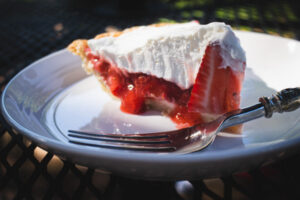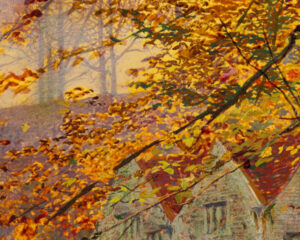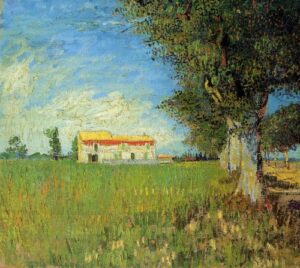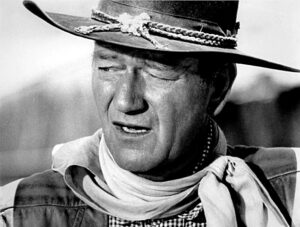—The Inbox—


Where Does Your Garden Grow?
Response by
Mr. Tyler Storey

From a Correspondent:
We are about to purchase a house in Gilbert, Arizona that has an east-west exposure, with the backyard on the east side of the house. Where should we position the vegetable garden that we are so eager to plant? We want to start out with one raised bed and see how it goes from there. I’m sorry I don’t have pictures to supply, but we haven’t moved in yet. I hope my descriptions get the idea across!
Thank you,
Soon To Be from Gilbert, Arizona
Dear Soon To Be:
Thank you for the detailed description; you did indeed get the idea across. I omitted some of the details you sent, because the answer is fairly straightforward and applies in every gardening situation.
Whenever we prepare and plant a vegetable garden, we want to place it in a location where it will receive a minimum of six to eight hours of sun each day during the season in which the vegetables are growing. I could just say “put it where it gets six to eight hours of sun,” but where you are gardening, in the desert, you have multiple growing seasons. That means we need to think through the specific application of the universal principle.
In more northerly, and colder, climates, the main growing season is late spring through summer, sometimes extending into the fall. In those areas, we simply put the garden in the portion of the yard that gets six to eight hours of sun from late spring through summer; sun patterns change throughout the year, but our gardening is limited to one period, so it is generally easy to decide where to locate the garden.
In a desert garden such as yours, however, you can grow vegetables year-round, and a location that may be in full sun in May and June may not be in full sun in October or January, so we need to plan accordingly.
So how does that work out?
First, look at the sun patterns. For your fall and winter garden, you’ll generally need to find a location with a southerly orientation to catch the low-lying winter sun for six to eight hours a day. In your yard, that will likely be toward the north side of your east-facing back yard. As you’re in Gilbert, I am guessing that you have a homeowners’ association and will not be able to plant the front yard to a vegetable garden. So find the spot in the backyard with the best south exposure, free of heavy tree-shade, and place your garden there.
For your spring to summer garden, when the sun will be overhead, you have more options and can generally plant either to the north or to the south; an east-facing exposure directly against the house may not get sufficient sun throughout the day, and a western exposure can be too hot for all but the very toughest of plants.
Whether in a hot or cold climate, after you consider the sun patterns, pay attention to what might block that growing-season sun: buildings, walls, fences, and trees. In colder climates, if you are spending the winter planning your garden, don’t forget that the winter-bare deciduous trees will be back in full leaf while the garden is growing, and can cast significant shade.
For the most flexibility, consider placing your garden toward the center of the yard; it is tempting to build raised beds against walls and fences, but those locations at some point of the year will likely be either too shaded, or have too much reflected heat. So don’t be afraid to place it smack-dab in the middle of the yard; there’s nothing intrinsically ugly or unattractive about a vegetable garden — quite the opposite.
I hope this helps,
Tyler Storey




















